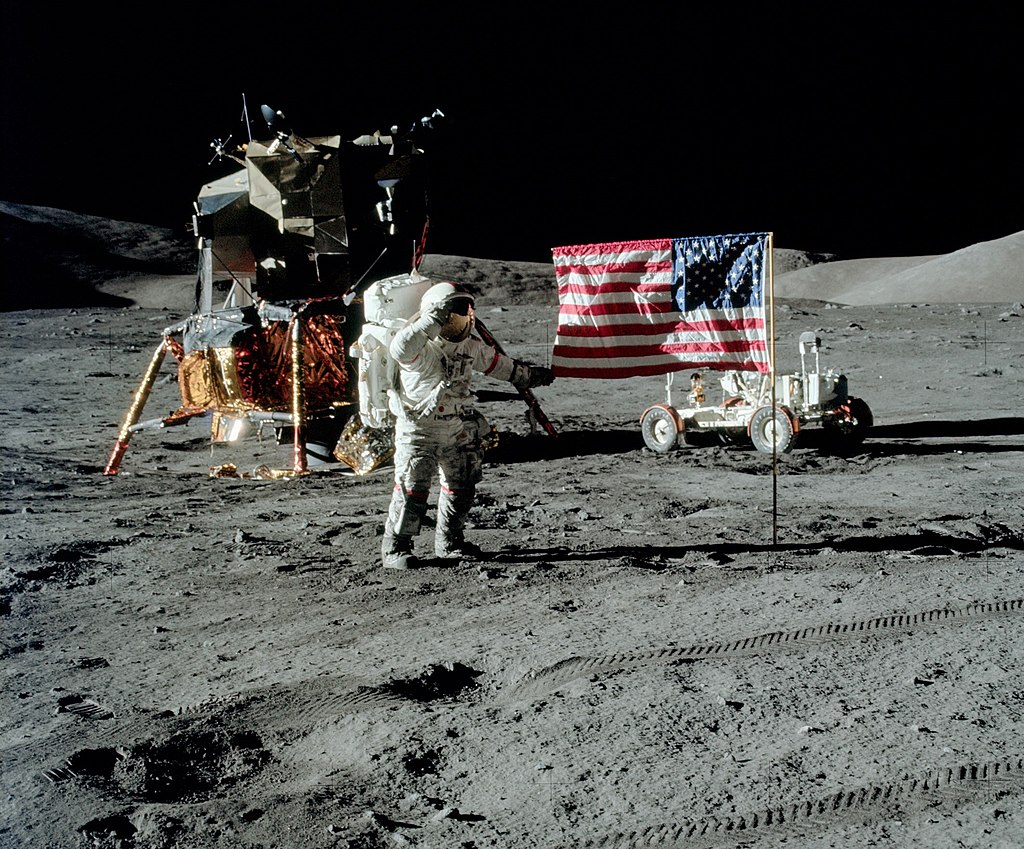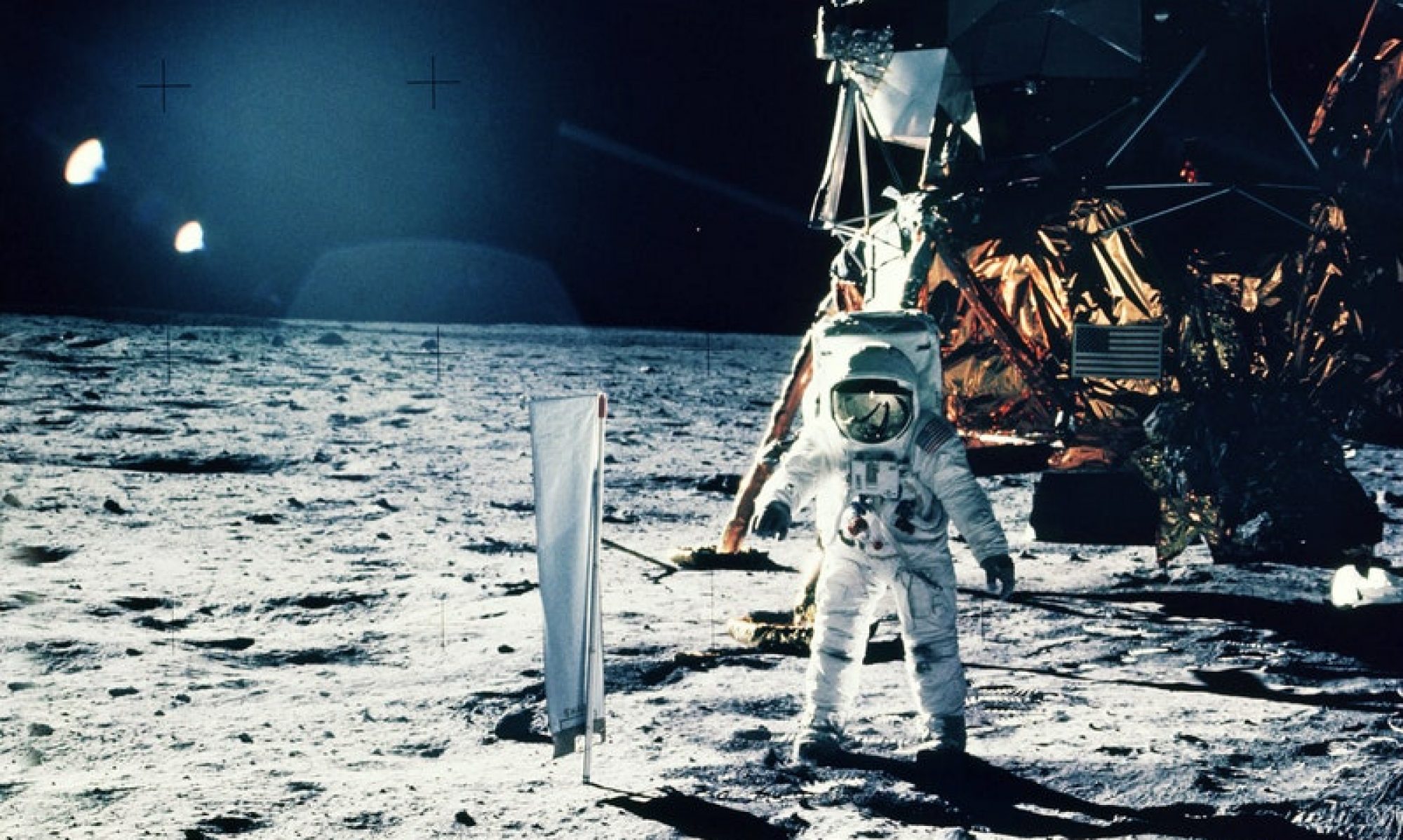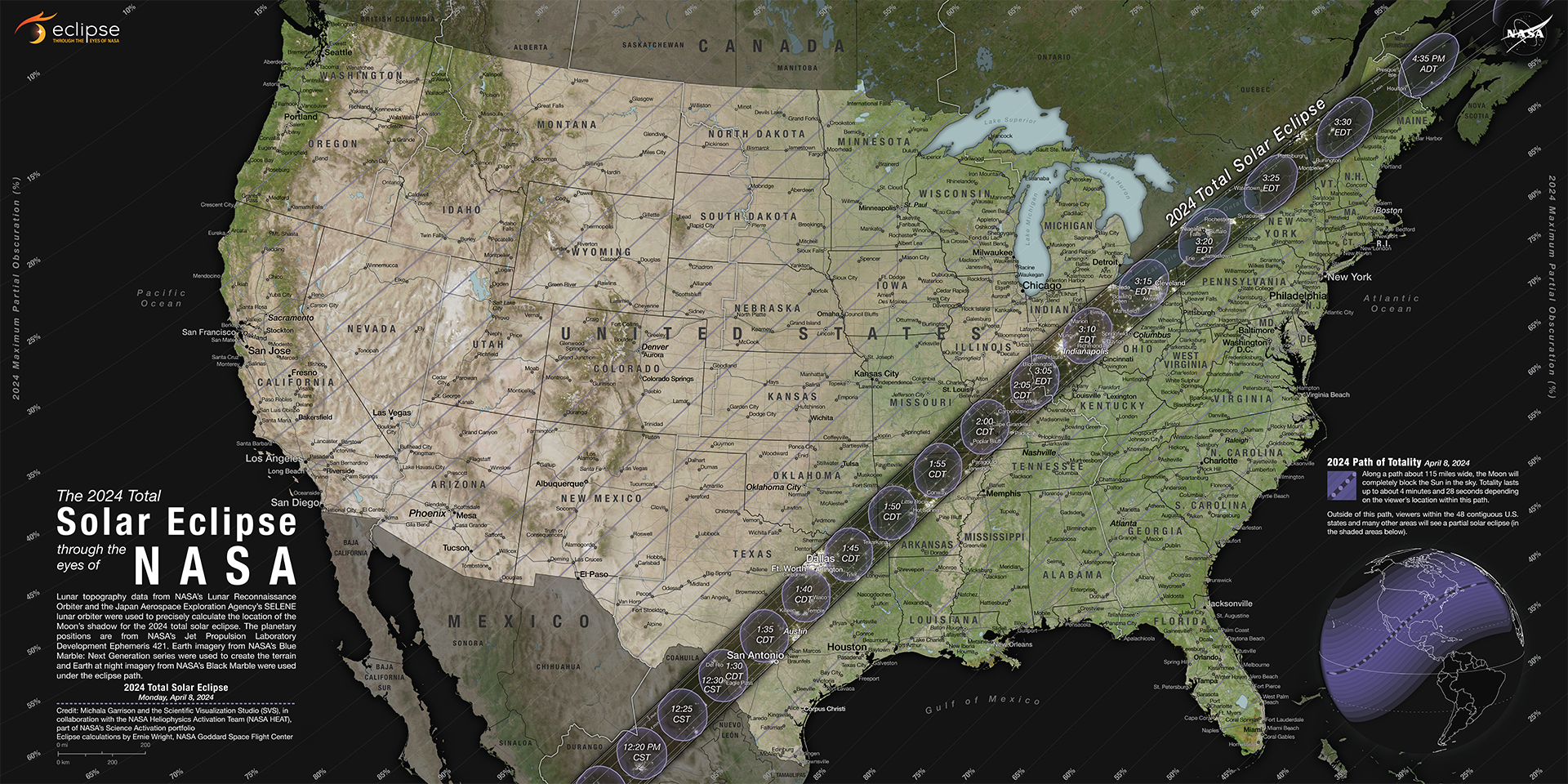Unveiling the Secrets of Apollo 17: The Oldest Moon Rock
In the annals of space exploration, few missions are as iconic as Apollo 17, the final Manned Moon voyage. Yet, amidst the grandeur of this historic undertaking, lies a discovery that continues to astound scientists and space enthusiasts alike. That is the unearthing of the oldest moon rock ever found on the lunar surface.
One In A Billion
As the Apollo 17 astronauts traversed the rugged terrain of the moon, their mission took an unexpected turn when they stumbled upon an ancient relic embedded in the lunar soil. This remarkable rock, dating back an astonishing 4.46 billion years, held within it clues to the origins of our celestial neighbor—and perhaps even our own planet.
Long Lost Relative
Upon examination, scientists were astonished to find that this ancient lunar rock contained isotopes typically associated with Earth’s geological history. This revelation sparked a groundbreaking theory—that the moon itself may have originated from a cataclysmic collision with a between Earth and a celestial body the size of Mars called Theia. This theory, supported by the evidence found within the rock, reshaped our understanding of lunar formation and planetary evolution.
Dig Deeper into the Oldest Moon Rock
In the spirit of exploration and discovery, our Patreon community is invited to delve deeper into this extraordinary phenomenon. Through exclusive access to immersive virtual reality exhibits, viewers can witness firsthand the meticulous work of the Apollo 17 astronauts as they collect samples and uncover the secrets of the moon’s ancient past.

Join Our Journey to the Moon and Beyond
Join us on a journey through space and time as we unravel the mysteries of Apollo 17 and the enigmatic rock that connects Earth to the moon. Visit our Patreon embarking on an unforgettable adventure into the cosmos, where pushing boundaries of knowledge to new frontiers. Don’t miss this opportunity to explore the wonders of the universe and become a part of history in the making. Subscribe now and unlock the secrets of Apollo 17! https://www.patreon.com/SIVRMuseum #Apollo17 #MoonGeology #SpaceExploration 🌕🚀
Want More Space related information? Check out these blog posts at SpacecraftGuide.com

